Author: Lilian Kaivilu | Producer: Dorothy Okemo
In our blog series “Four tales from Narok County, Kenya” we put the spotlight on the healthcare situation of people living in this district, with a special focus on sexual and reproductive health (SRH). Where there’s little or no money for health, a lonely nurse struggles to serve the 5,000 people in his district and a volunteer with a background in tourism steps in to educate communities on SRH. Without financial support youth centres have to close leaving adolescents with sexually transmitted diseases (STDs) to seek help at neighbouring counties’ facilities. Facing a lack of education on sexuality and contraceptives, many young girls are condemned to a life of unprepared motherhood; forced to abandon their education all together. But among all these challenges there are people who fight for better knowledge of SRH Rights and improved access to medicines.
In our previous two tales from Narok County we visited Robert Magero, the nursing officer at Etereti Dispensary, and Mark Lari Letoluo, a volunteer health worker in Ololung’a. Mark is dedicated to educating his community on SRH. In previous years, youth centres fulfilled this task, being a safe place for young people to discuss SRH and related issues and accessing sexual and reproductive health commodities. But the government abandoned these centres leaving a gap that is difficult to close. Read the full story here.
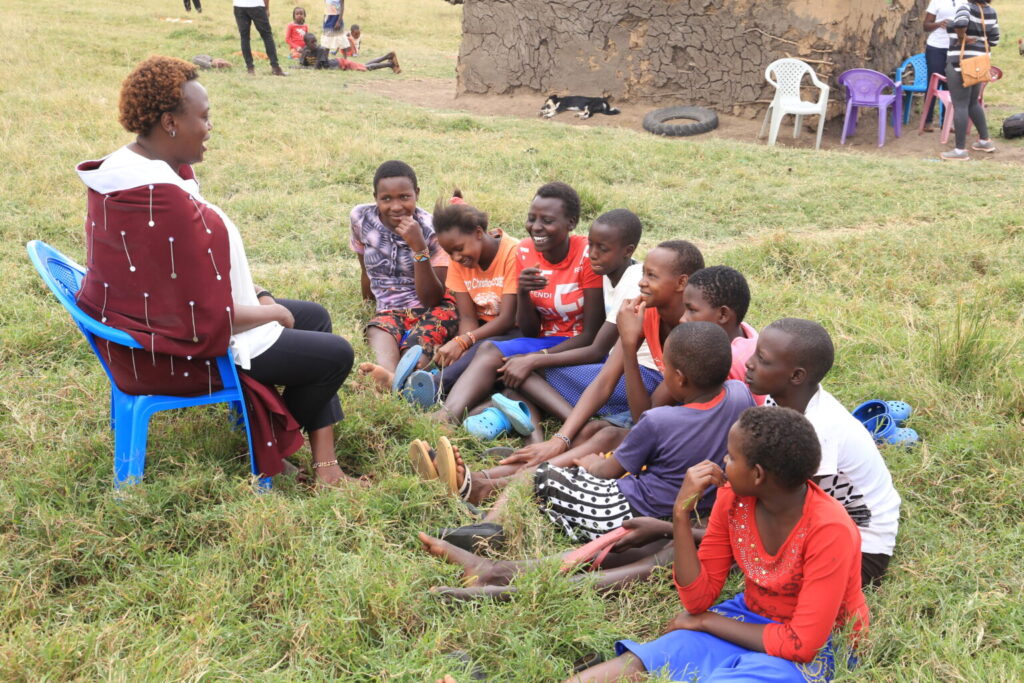
In 2005, when Catherine Mootian was in high school, she regularly met with her peers to discuss different issues that affected them as young people. Their meeting point was a youth empowerment centre in Narok. “Here, we received information regarding almost any question we asked about our health, sexuality and career. It was the ideal resource centre as well as a place for youth to mingle with one another,” she remembers. There was free counseling and HIV testing services at the centre too. Operations at the facility were donor funded. To Catherine and her peers, this was the ideal place to spend their free time in a constructive way while accessing crucial information about different issues in their lives. Now, this meeting place looks very different.
“After the donor exited and the facility was handed back to the Ministry of Health, these activities were shelved off,” says Catherine. Poor sustainability of projects is not uncommon in regions like this. Today, a tour of the Narok Youth Resource Centre for young people reveals that the facility is now a meeting place for different groups of people.
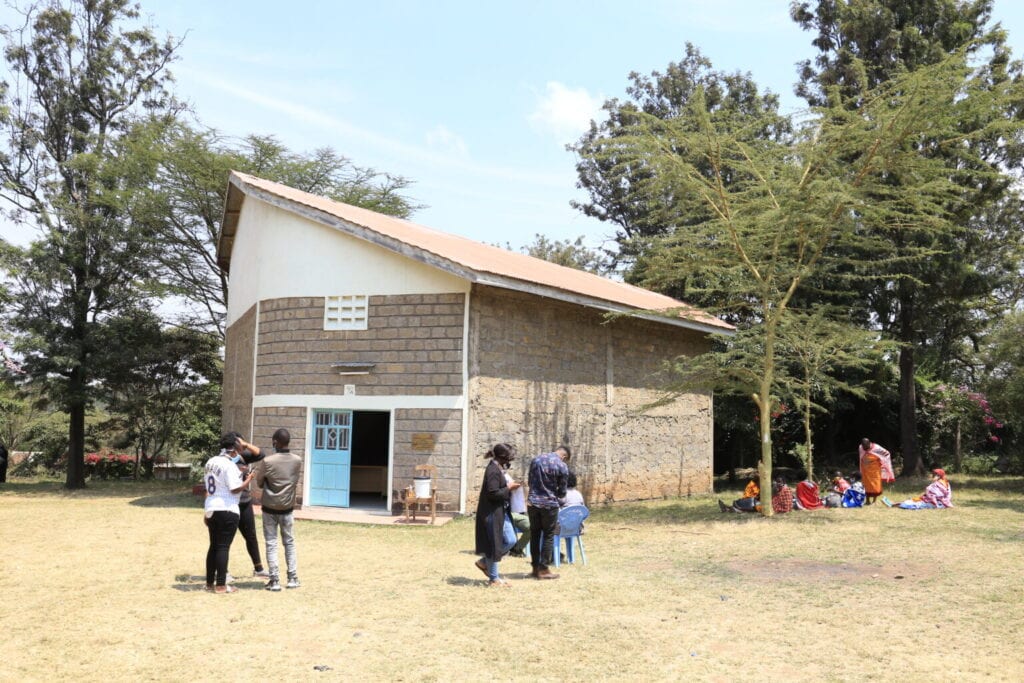
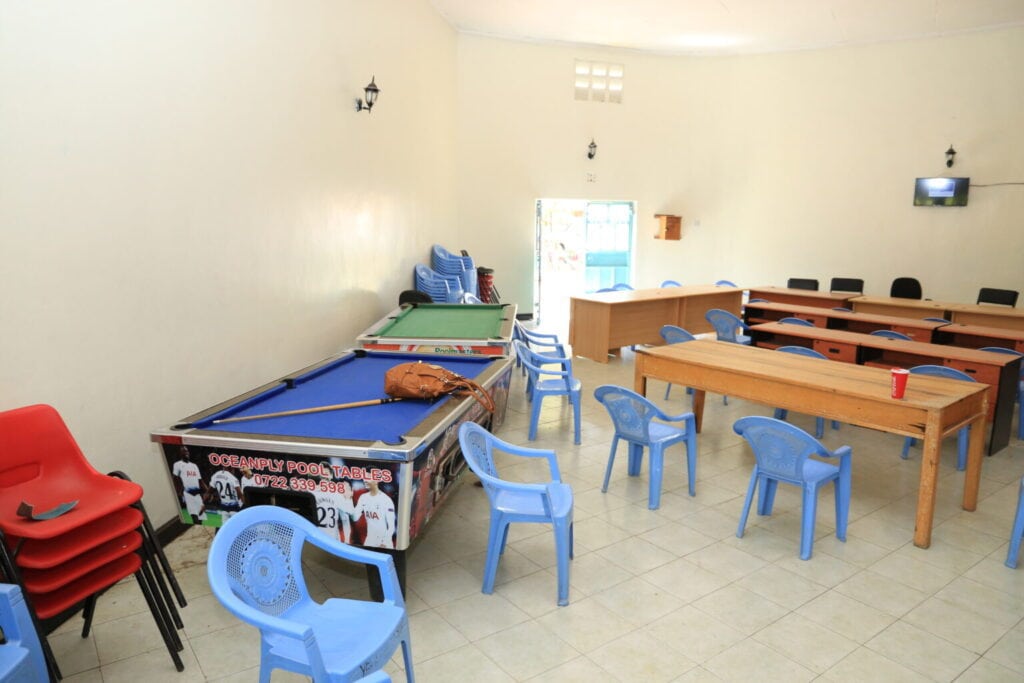
The Narok Youth resource centre. While the facility was meant for youth friendly services, it is today a meeting point for different members of the community. Apart from two pool tables and conference facilities, the structure lacks the necessary tools for a youth friendly centre.
For Merceline Keya, a third-year student at the Maasai Mara University, the facility does not meet its intended purpose. Keya, a member of the Peer Educators Club in Narok, says that such a centre would be ideal for young people to receive both information and SRH commodities.
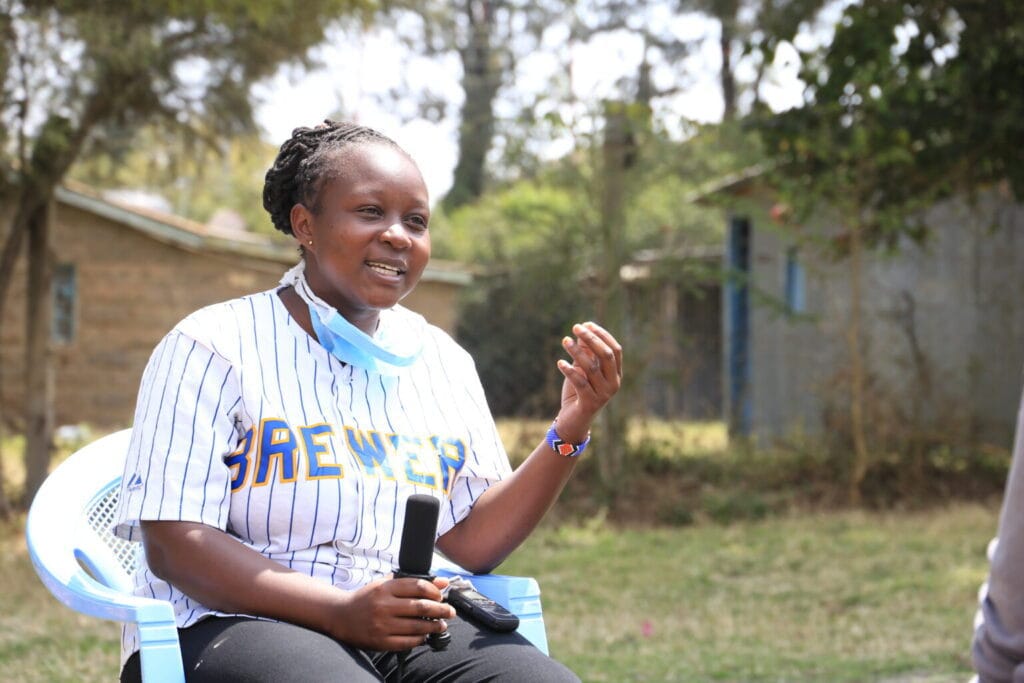
According to the Kenya Ministry of Health guidelines, a youth friendly centre should be accessible and affordable to young people, offer basic range of services, maintain confidentiality and privacy, ensure quality and consistency and be reliable and sustainable.

Ordinarily, such a facility would be ideal for young people to have their issues addressed. But sadly, this is not the case. Catherine, now a SRH and rights advocate working with Afya Afrika, a Community Based Organisation, says having functional youth friendly centres would go a long way in growing a well-informed population of young people.
Next to her work for Afya Africa, Catherine is an active member of the MeTA Kenya Narok Youth SRH Network. The network is a collaboration of different civil society organisations (CSOs) of young people that work advocate on SRH issues among adolescents and youth.
After undergoing a training by Medicines Transparency Alliance (MeTA) Kenya, which aims to bring together all stakeholders in the medicines market to improve access, availability and affordability of medicines with a specific focus on SRH, Catherine says the network is now actively involved in holding the county government accountable for their health budget and planning for health commodities. “We observed that there were missing services in most of our health facilities. For instance, many young people could not access such simple services as family planning for women and therapy sessions. These gaps inspired the formation of the Narok SRH network to amplify the voices of young people and ensure increased budget allocation towards SRH matters,” she added.
Despite the progress made through the network, Catherine noted the challenges of cultural beliefs. Talking about family planning in Narok, she says, is taboo. “There are also so many myths on the use of family planning commodities. While some people believe it can lead to barrenness, they also believe it is not biblical. As a result, going to the community and talking about it becomes a challenge.”
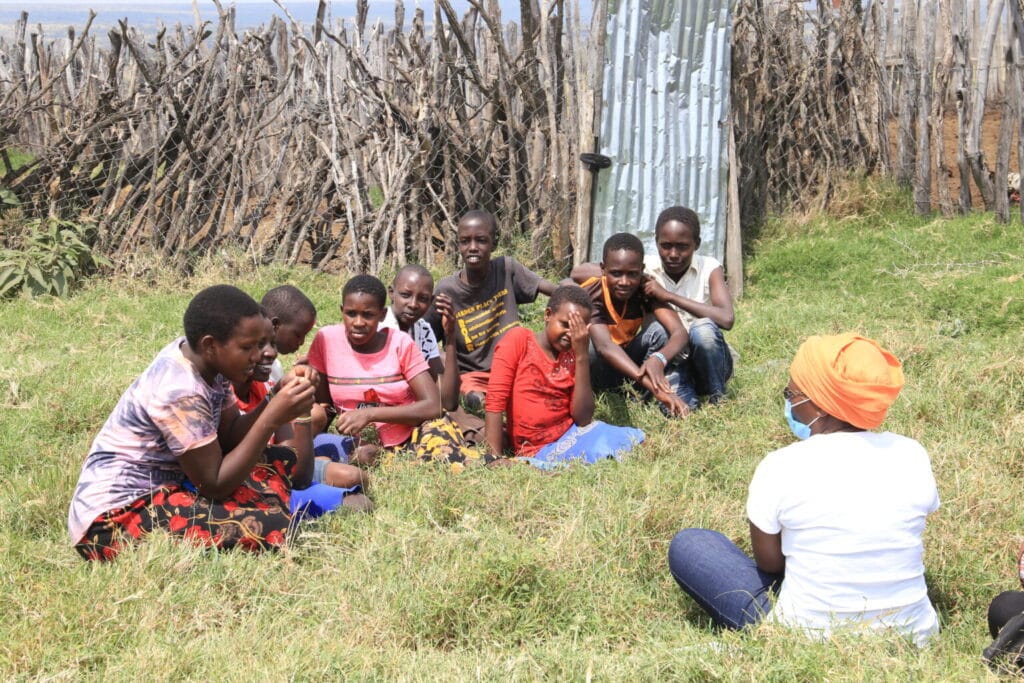

Talking about family planning in Narok is a taboo, but Catherine and her team do it to empower young men and women in their community.
Furthermore, there are no youth friendly centres where young people can walk in and access information and commodities. If the same young people go to hospital, they are stigmatised and ill-treated. “Some are even HIV positive but accessing ARVs is also coupled with so much stigma by healthcare workers. To access treatment, they opt to go for such drugs in neighbouring counties,” she adds.
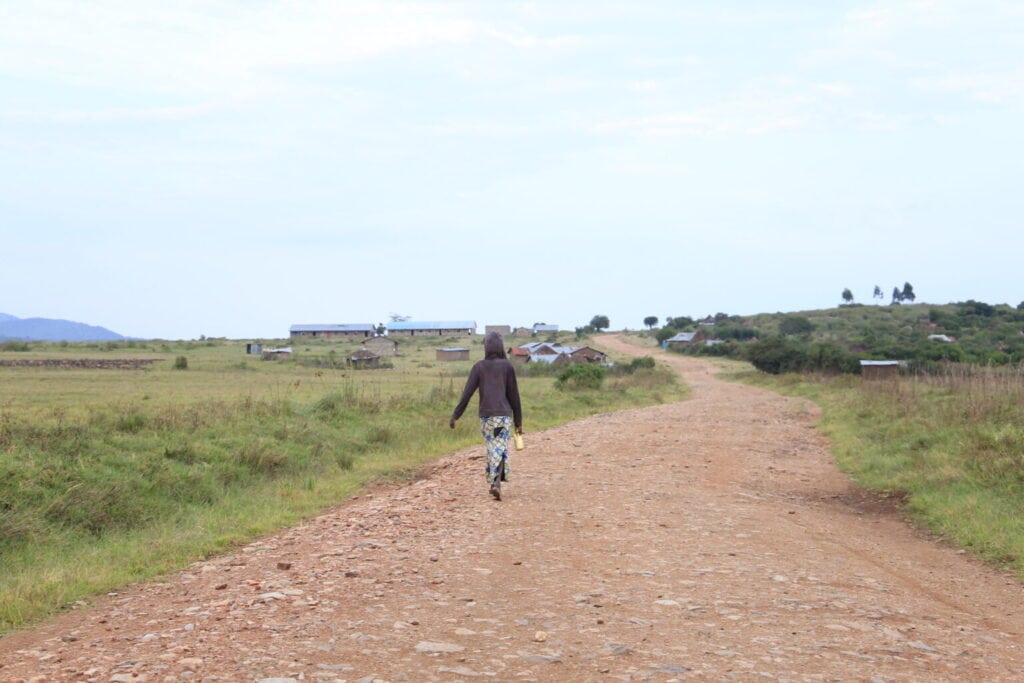
Mark Lari Letoluo, a community health worker in Narok county, who we accompanied earlier in this series of blogs, says lack of youth friendly centres had increased the stigma that comes with accessing contraceptives. “Young men here do not like being seen carrying condoms. They hide them in the maize bushes as they go or come from school. They call them the green lodges,” he says. Over time, the condoms are exposed to the sun hence putting the young people at the risk of side infections. “We are trying to have a point where the condom can be picked up by the young people. I talk to them one on one, to pass information on sexual and reproductive health,” he says.
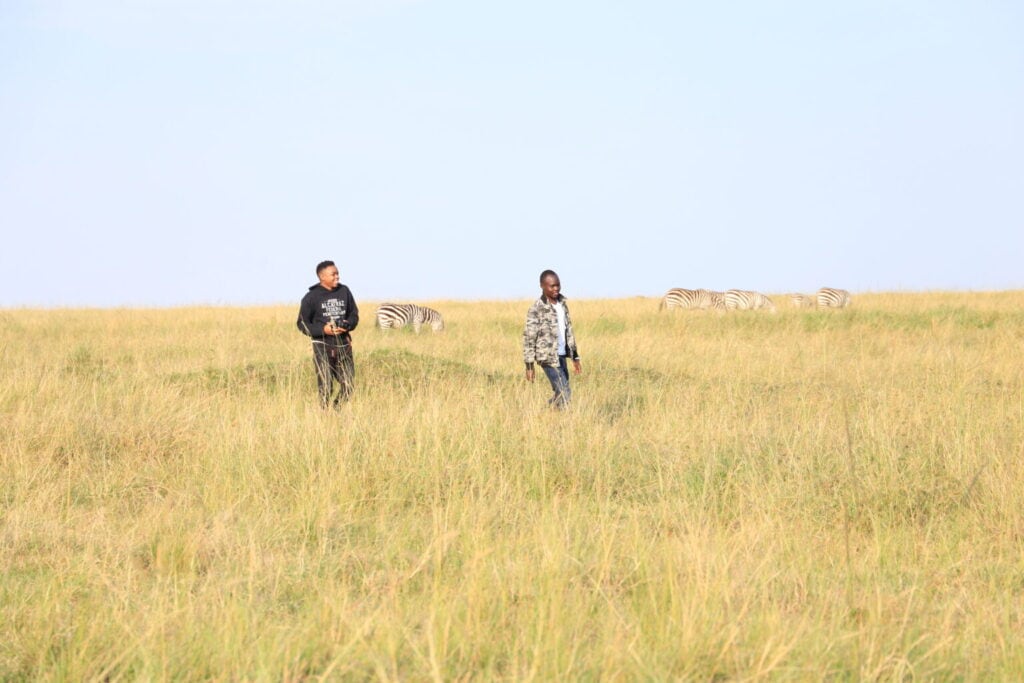
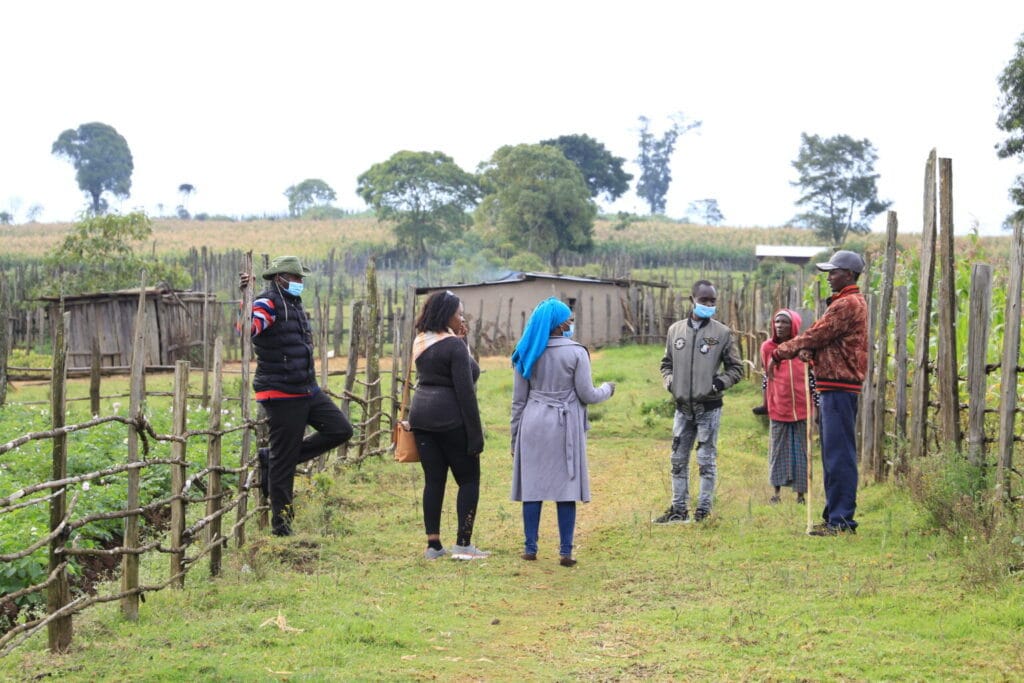
The young men, according to Mark, would often experience stigmatisation if they go to a health worker. For this reason, he says there is need to have a safe space where they can freely pick up the commodities. Mark, Catherine, Merceline and the Narok Youth SRH Network are working hard to make this a reality. Together, they want to hold the county government accountable and fight for new youth centres to educate on SRH and make SRH commodities accessible and affordable.
At the end of 2015, Health Action International (HAI) teamed up with Amref Health Africa, the African Centre for Global Health and Social Transformation (ACHEST), Wemos and the Dutch Ministry for Foreign Trade and Development Cooperation to form the Health Systems Advocacy (HSA) Partnership, which ran until the end of 2020.
Throughout this five-year programme, the HSA Partners contributed to stronger health systems that enabled people in Sub-Saharan Africa to equitably access high-quality Sexual and Reproductive Health (SRH) commodities and services. As part of our work on SRH, we contributed to capacity building by equipping civil society actors and health stewards with needed knowledge, technical skills and tools to develop and implement evidence-based advocacy strategies.
Our work in this field drew upon our research and advocacy expertise. In collaboration with our in-country partners, HEPS Uganda, Medicines Transparency Alliance (MeTA) Zambia and MeTA Kenya, we studied the price, availability, and affordability of SRHC in facilities across Kenya, Uganda, Zambia and Tanzania. These findings formed the basis of our advocacy work with our in-country partners. Our blog series “Four Tales from Narok County” shows that there is more work to be done with our in-country partners. Therefore, Health Action International is looking for new funding opportunities to pursue the collaboration with multi-stakeholder platforms and grassroot organisations in their fight for SRH rights.